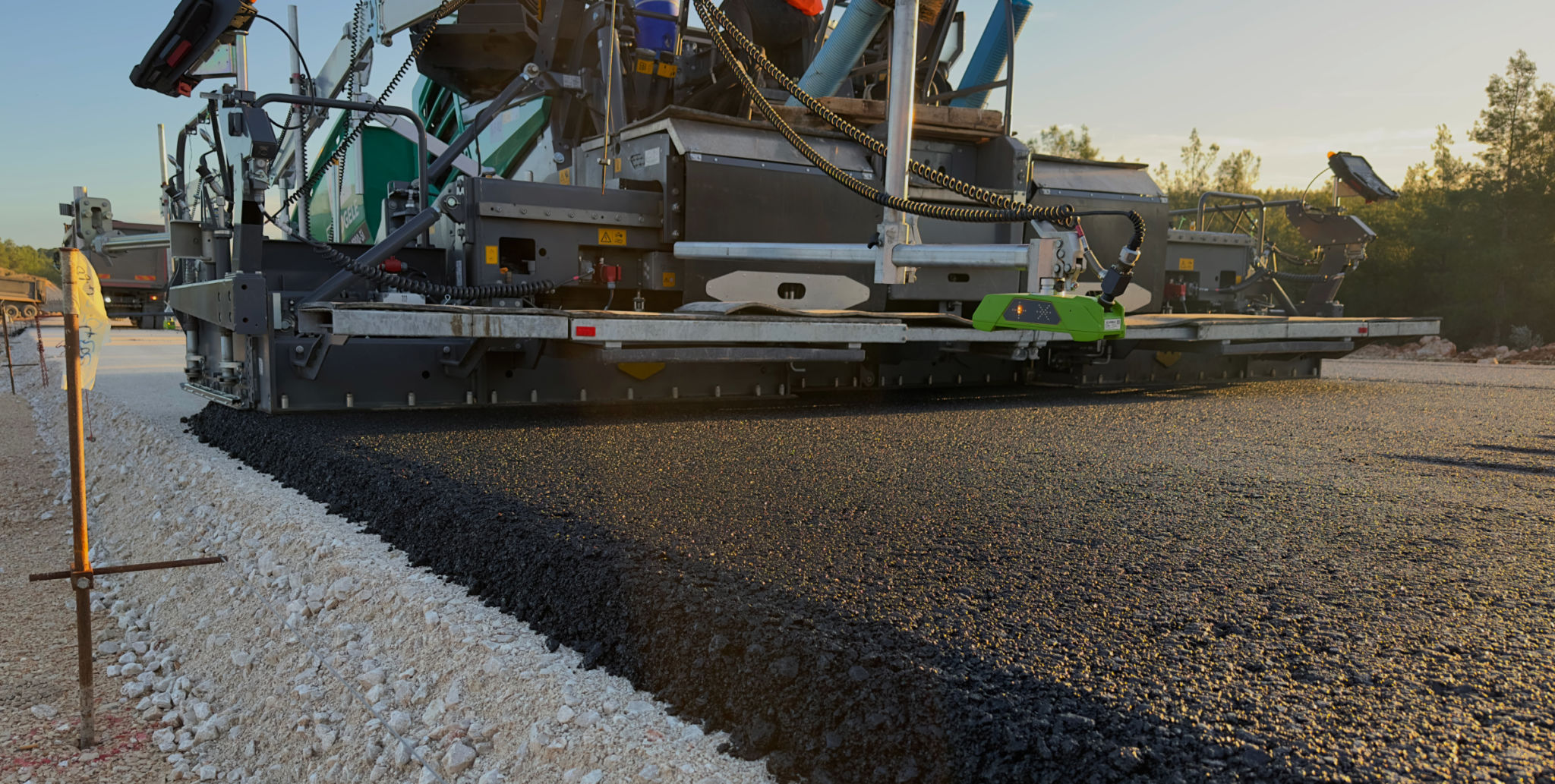Case Study: Successful Asphalt Paving Projects in St. Louis Neighborhoods
Introduction to Asphalt Paving in St. Louis
Asphalt paving plays a crucial role in urban development, providing durable and smooth surfaces for roads, driveways, and parking lots. In St. Louis, recent projects have demonstrated the transformative impact of quality asphalt paving on local neighborhoods. These projects not only improve transportation infrastructure but also enhance the aesthetic appeal and property values of the area.
In this case study, we explore some of the most successful asphalt paving projects in St. Louis neighborhoods, highlighting the strategies and outcomes that have made them stand out.

Project Planning and Preparation
Effective planning is the cornerstone of any successful construction project. For asphalt paving, this involves assessing the specific needs of each neighborhood, understanding traffic patterns, and considering environmental factors. In St. Louis, project managers have collaborated closely with local government officials and community leaders to ensure that paving efforts align with broader urban development goals.
Prior to beginning any project, comprehensive site evaluations were conducted. These assessments provided invaluable insights into soil stability, drainage requirements, and existing surface conditions. Such detailed preparation minimized potential delays and ensured that each project was executed efficiently and effectively.
Community Engagement
An integral part of the planning phase involved engaging with the local community. By holding town hall meetings and soliciting feedback from residents, project teams were able to tailor their approaches to meet the specific needs and preferences of each neighborhood. This level of community involvement helped in building trust and securing support for the projects.

Implementation of Advanced Techniques
The use of advanced techniques and materials has been a hallmark of these successful projects. In St. Louis, contractors have employed state-of-the-art machinery and high-quality asphalt mixtures to achieve superior results. This commitment to innovation ensures that paved surfaces are not only aesthetically pleasing but also long-lasting and resilient to weather conditions.
One technique that has gained popularity is the use of porous asphalt, which allows for better water drainage and reduces surface runoff. This environmentally friendly option has been particularly beneficial in areas prone to flooding, helping to protect both infrastructure and property.
Collaborative Efforts
Collaboration among contractors, engineers, and city planners was essential for overcoming challenges related to weather and logistical constraints. By fostering a spirit of teamwork, these stakeholders were able to adapt quickly to changing circumstances and maintain project timelines.

Impact on Local Communities
The impact of these asphalt paving projects on St. Louis neighborhoods has been profound. Residents have reported a noticeable improvement in road conditions, leading to smoother commutes and increased safety for both motorists and pedestrians. Additionally, enhanced road surfaces have contributed to reduced vehicle maintenance costs for locals.
Beyond practical benefits, these projects have also boosted local economies by creating jobs and stimulating business growth. With better infrastructure, businesses can operate more efficiently, attracting more customers and encouraging investment in the area.
Environmental Benefits
Incorporating sustainable practices into these projects has yielded significant environmental benefits. The use of recycled materials in asphalt production has reduced waste, while energy-efficient machinery has minimized emissions during construction.

Conclusion: A Model for Future Projects
The successful asphalt paving projects in St. Louis serve as a model for future infrastructure development efforts. By prioritizing thorough planning, community engagement, advanced techniques, and environmental sustainability, these initiatives have set a high standard for urban improvement projects.
As cities across the nation look to enhance their infrastructure, the lessons learned from St. Louis will undoubtedly inform best practices and inspire similar successes elsewhere.
